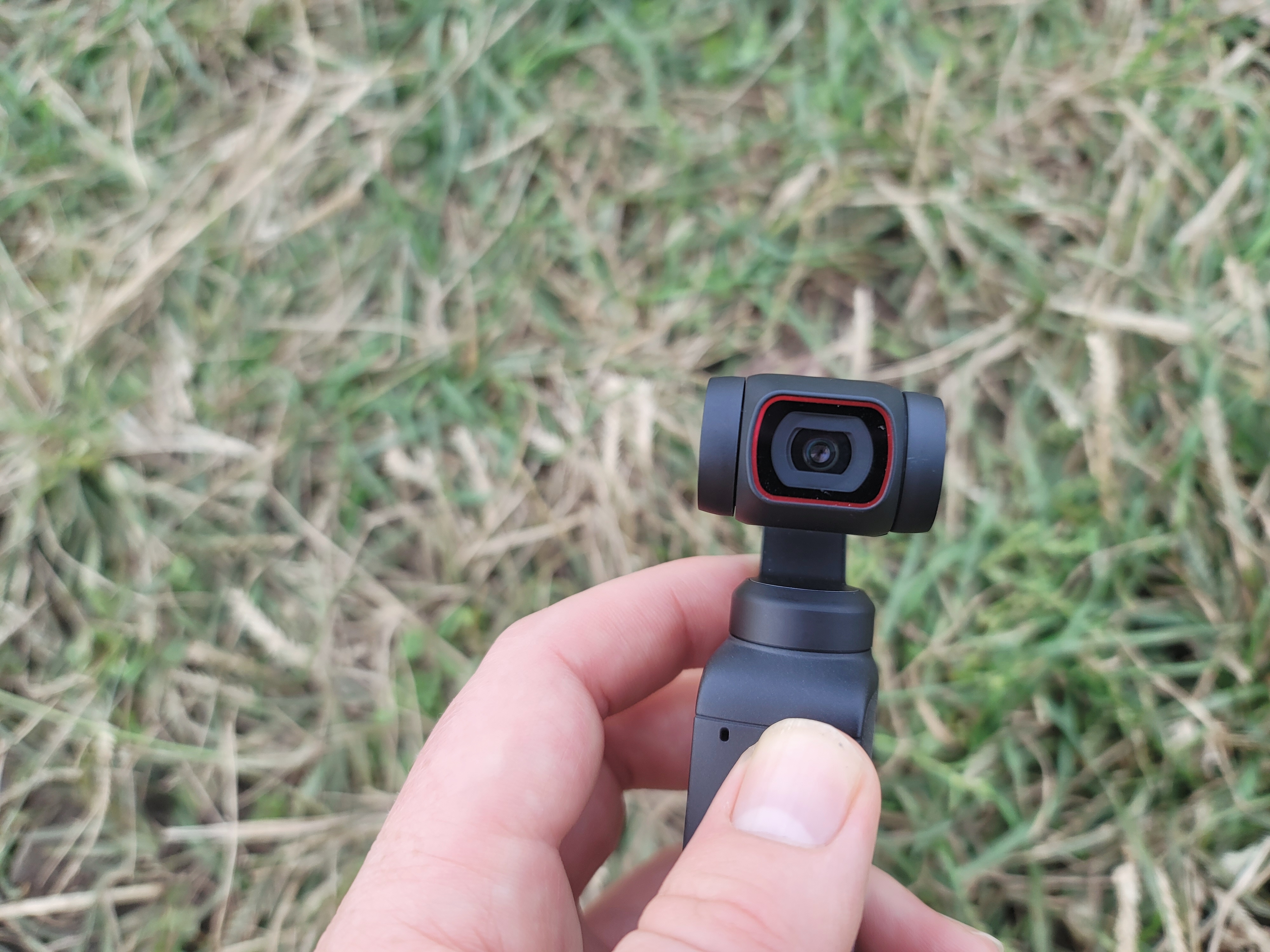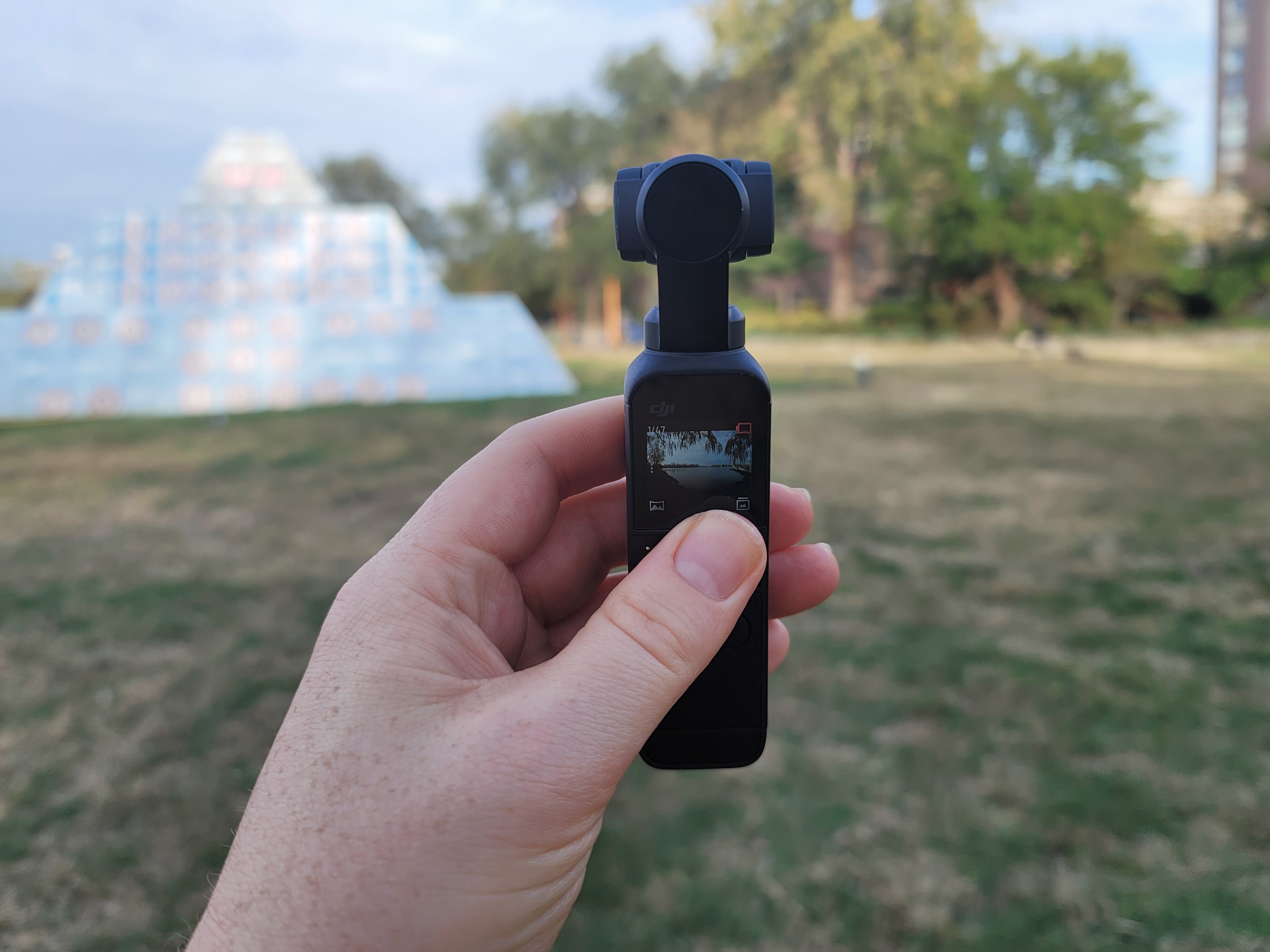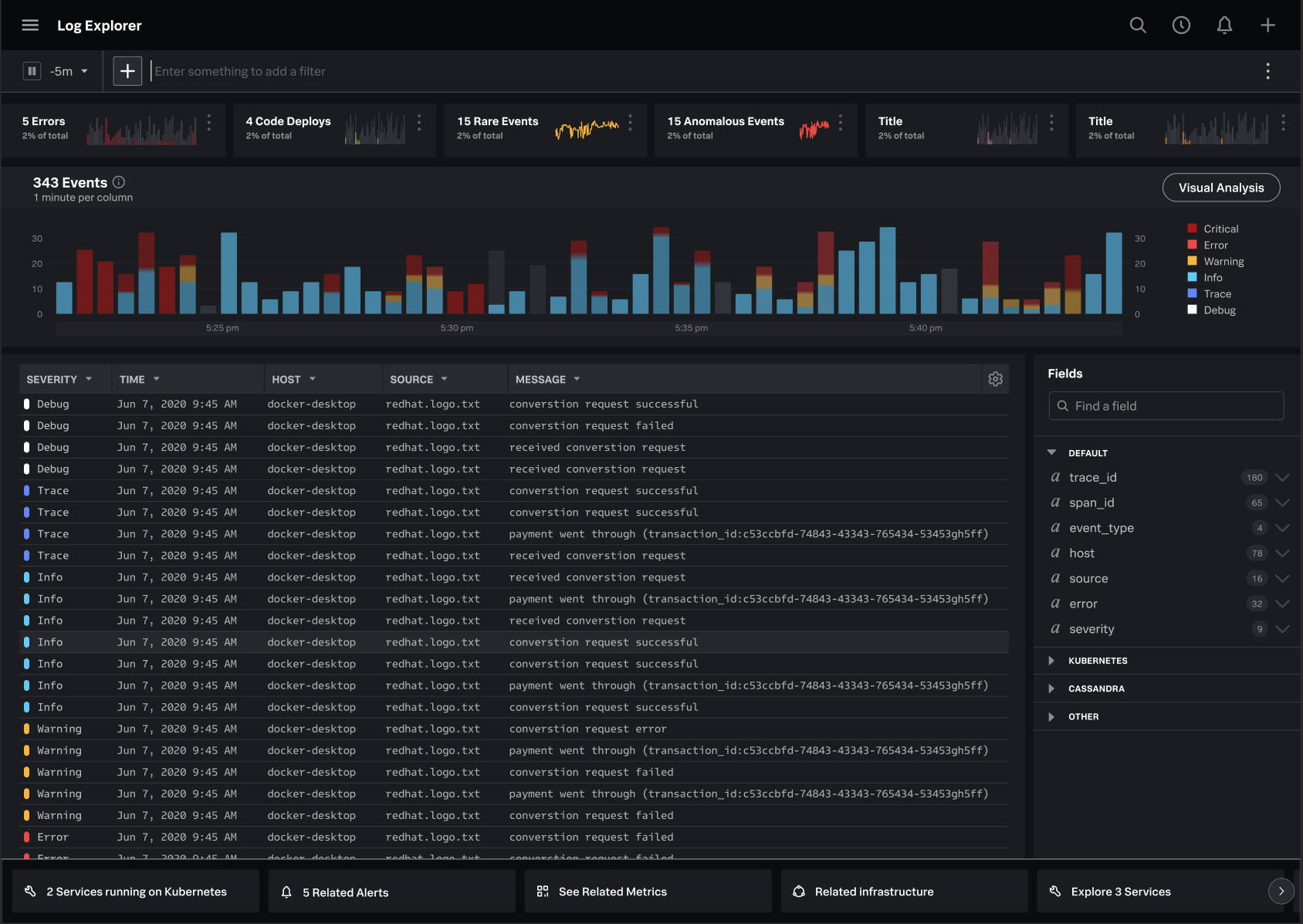News: Genies updates its software development kit and partners with Gucci, Giphy
Genies, has updated its software development kit and added Giphy and Gucci as new partners to enable their users to create personalized Genie avatars. The company released the first version of its sdk in 2018 when it raised a $10 million to directly challenge Snap and Apple for avatar dominance. Now, with the latest update,
Genies, has updated its software development kit and added Giphy and Gucci as new partners to enable their users to create personalized Genie avatars.
The company released the first version of its sdk in 2018 when it raised a $10 million to directly challenge Snap and Apple for avatar dominance. Now, with the latest update, the company said it has managed to create a new three dimensional rendering that can be used across platforms — if developers let Genies handle the animation.
Genies has already managed to sign up many of the biggest names in entertainment to act as their official manager through their Genies talent agency. These include celebrities like Shawn Mendes, Justin Bieber, Cardi B, and Rihanna. Genies also locked in deals with the National Football League’s player’s association along with Major League Baseball and the National Basketball Association.
Now, those celebrities and athletes can monetize exclusive digital goods made by Genies on platforms like Gucci and Giphy and the fashion house and meme generator can now give users their own digital identity to play around with.
“Over the past year, our technology has been sharpened by the exacting creative demands of celebrities. This advanced Genies’ march to be the go-to avatar globally,” said Akash Nigam, Genies CEO and co-founder, in a statement. “What was previously a celebrity exclusive experience, is now broadly available for consumers to use as their virtual portable identities. By opening up to the masses, we’ve now created an opportunity for tastemakers to forge new, unique relationships with their audiences through avatar digital goods.”
The SDK integrations are still highly curated and tailored (there’s a lot of heavy lifting that Genies needs to do with each one). For instance, Gucci users can try on the latest designs and the company will sell digital goods on its platform created by Genies. Giphy users will use their avatars as gifs on its site and through its distribution network.
“Our Avatar Agency has served as the go-to platform for thousands of artists, and with our next-gen, highly expressive and dynamic 3D Genie, we will further solidify our position as the universal digital identity,” said Izzy Pollak, Director of Avatar SDK at Genies. “For celebrities and everyday users alike, it unlocks new arenas and verticals for users to cultivate their avatars in. On top of traditional 2D environments like mobile apps and websites, Genies can now live in AR/VR platforms, games, and in use cases or SDK partner platforms that demand a 360-degree rendering of the digital goods they purchase,”










